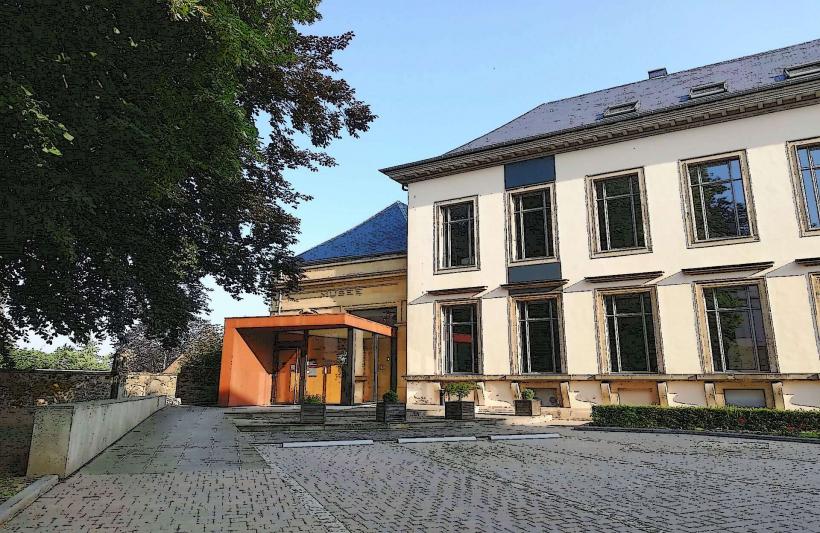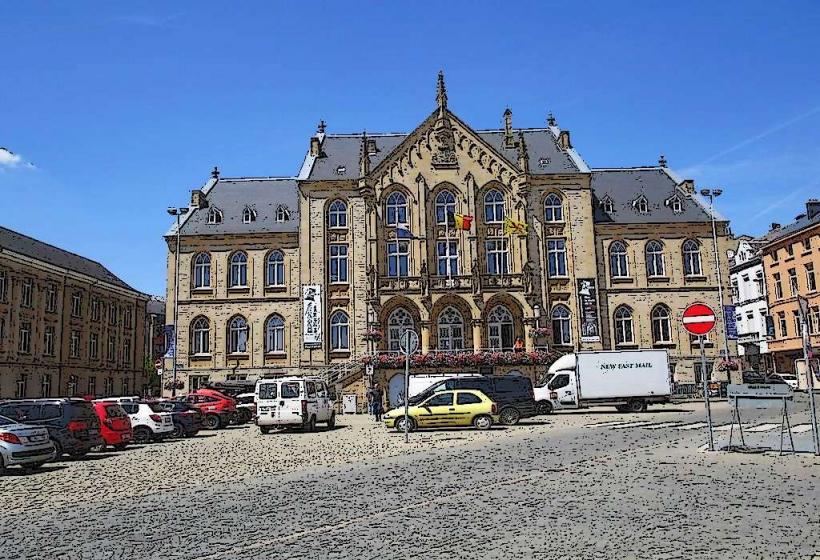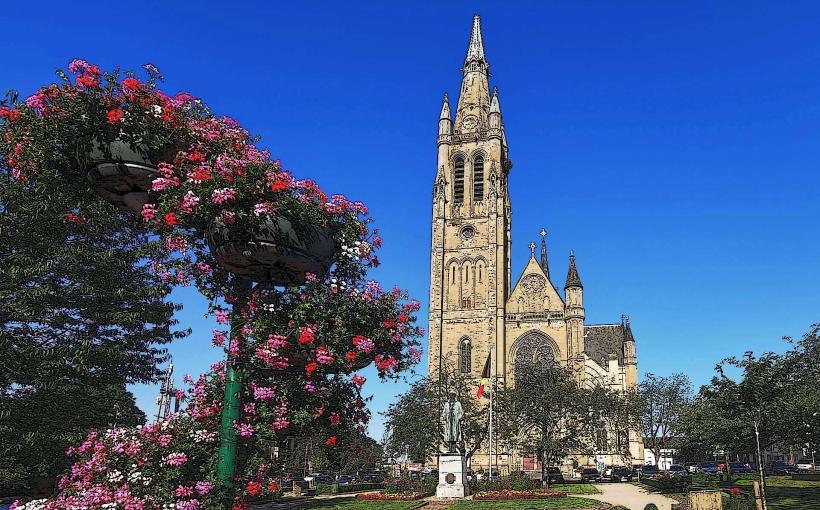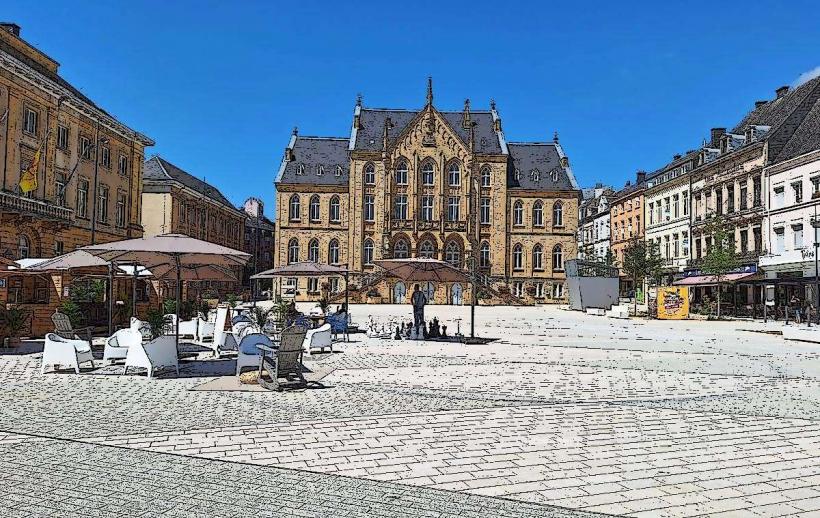Information
Landmark: Roman Villa of AzevilleCity: Arlon
Country: Belgium
Continent: Europe
The Roman Villa of Azéville (Villa Romaine d'Azéville) is an archaeological site located near the village of Azéville in the Normandy region of France. This site is known for its impressive remains of a Roman villa that once belonged to a wealthy Roman family during the 1st century AD. The villa provides valuable insights into life during the Roman occupation of Gaul, particularly the luxury and sophistication of Roman estates in the provinces.
History and Discovery
Location: The Roman villa is situated in the lower Normandy region, specifically in the Coutances district of the Manche department. It was likely constructed as part of the Romanization of Gaul, following the Roman conquest of the region in the 1st century BC.
Excavation: The site was first excavated in the late 19th century, and further digs have uncovered a wealth of artifacts and architectural elements. Excavations have revealed detailed remnants of the villa's layout, which has allowed researchers to reconstruct the villa's functions and the way it was used by its Roman inhabitants.
The Villa and Its Architecture
The Roman Villa of Azéville consists of a large estate that was likely used for agricultural production and as a residence for the villa’s owners. The villa's architecture reflects the wealth and status of its owners, as well as the Roman architectural principles used during the period.
Main Residence:
- The central feature of the villa is a large residential building with rooms designed for various purposes, including living spaces, dining rooms, and administrative offices. The rooms were likely decorated with mosaic floors, painted walls, and frescoes depicting Roman life and mythology.
- The villa’s layout was designed to showcase luxury and provide comfort for its inhabitants. It followed the Roman style of creating a domus (Roman house) with open spaces and a central courtyard (the atrium), which was common for wealthy Roman families.
Bathhouse:
- The villa also included a bathhouse (or thermae), a common feature in Roman villas. The bathhouse consisted of a series of heated rooms, including a caldarium (hot bath), tepidarium (warm room), and frigidarium (cold bath), where the villa's residents could enjoy leisure and hygiene in the Roman tradition.
- The presence of the bathhouse highlights the Roman emphasis on personal hygiene and the importance of baths as a social activity.
Villa’s Grounds:
- Surrounding the main residence were the villa's agricultural fields and outbuildings, where crops were grown and animals were raised. The estate was self-sufficient, with the owners relying on the labor of slaves and workers to manage the land and produce food.
- The villa's location near the coast suggests that it may have had access to the Roman road network and trade routes, allowing its owners to engage in trade and commerce.
Decorative Elements:
- The villa’s walls were decorated with elaborate mosaics and frescoes, some of which have been preserved and offer a glimpse into the aesthetic tastes of the Roman elite. These decorative elements often depicted scenes from Roman mythology, nature, and daily life.
- Roman artifacts, including ceramics, coins, and tools, were found during excavations at the site, providing further insight into the activities and daily life of the villa’s inhabitants.
Gardens and Outdoor Spaces:
- Roman villas often included well-planned gardens and outdoor spaces, and the Villa of Azéville was no exception. These gardens would have been used for growing plants, herbs, and flowers for medicinal and decorative purposes, and they served as peaceful retreats for relaxation.
Artifacts and Finds
The excavations at the Roman Villa of Azéville have uncovered a wealth of artifacts, including:
- Mosaics: Intricate mosaic floors with detailed patterns and imagery that showcase the luxury of Roman villas.
- Pottery: Numerous fragments of Roman pottery, including bowls, plates, and storage vessels, have been found. These artifacts give insight into Roman daily life and dining practices.
- Coins: Roman coins found at the site help to establish the villa's date and period of use, as well as its owners' wealth and status.
- Sculptures: Remains of Roman statues and small sculptures depicting gods, goddesses, and mythological figures reflect the artistic tastes of the villa's residents.
The Villa's Decline
The villa's decline likely occurred in the 4th century AD, as the Roman Empire faced increased pressure from barbarians and the region became more vulnerable to raids. With the fall of the Western Roman Empire and the breakdown of the Roman economy and infrastructure, many Roman villas in Gaul were abandoned or repurposed for other uses. The Villa of Azéville eventually fell into ruin, and by the Middle Ages, the site had been largely forgotten.
Current State and Preservation
Today, the Roman Villa of Azéville is a protected archaeological site, and it is open to the public for visits. The remains of the villa can be seen in their original location, and some of the mosaics and other artifacts are displayed in a nearby museum dedicated to the site.
The villa remains an important site for archaeologists and historians, as it provides a unique glimpse into Roman life in northern Gaul. It is also a popular attraction for those interested in the history and archaeology of Normandy and the Roman Empire.
Conclusion
The Roman Villa of Azéville is a significant archaeological site that offers insight into the life of Roman elites in the provinces during the 1st to 4th centuries AD. The villa’s remains, including its residential and agricultural structures, bathhouse, and intricate decorative elements, reveal much about the wealth, lifestyle, and culture of its Roman inhabitants. Today, it stands as an important heritage site in Normandy, attracting visitors who wish to explore the rich history of the region and the Roman presence in Gaul.





